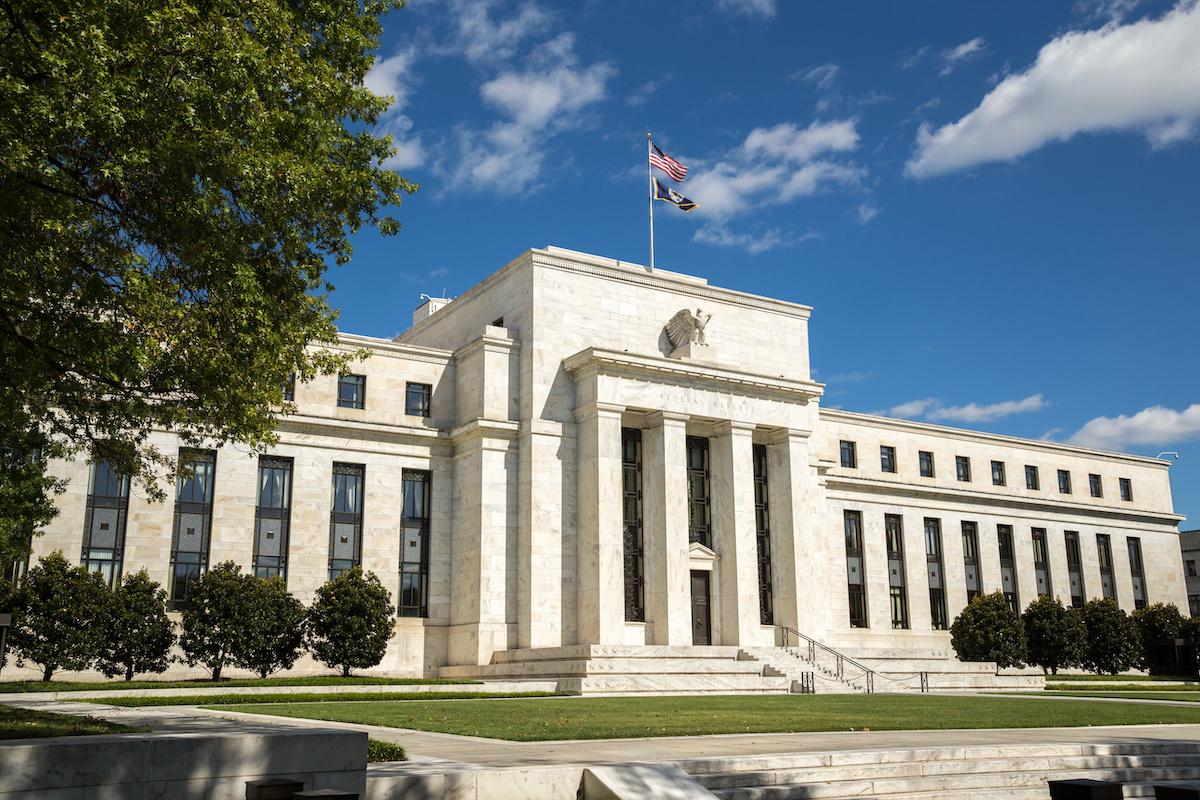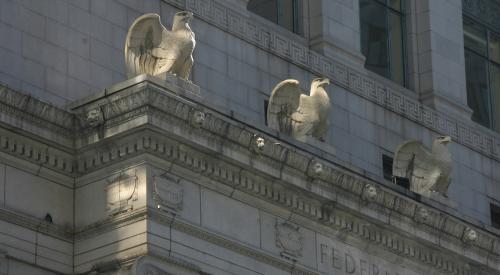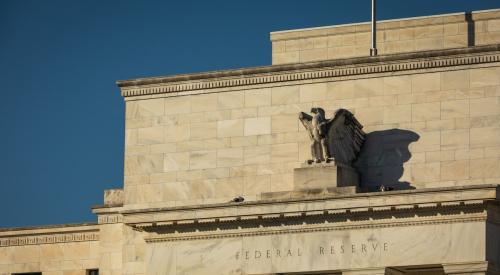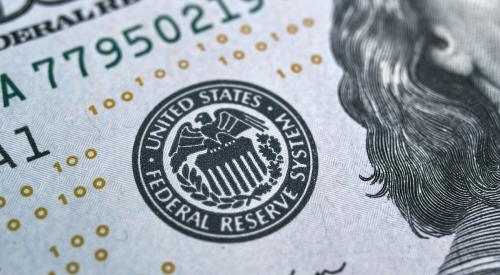The National Association of Home Builders expects the Federal Reserve to announce a tapering of bond purchases before the end of 2021, but the department showed no signs of tapering in their latest meeting. The purchases of Treasury and mortgage-backed securities are more than $100 billion a month. When the Fed announced tapering bond purchases in 2013 after the economy recovered from the Great Recession, interest rates spiked quickly and housing softened. Hesitation for tapering could be a move in attempt of mitigating the chances of the same event occurring.
The Fed noted that indicators of economic activity and the labor market have continued to strengthen, although it did pull back on previously-used language noting progress with the virus. This is likely a nod to the growth in cases due to the Delta variant, although it is worth noting the localized nature of this event, in addition to relatively low levels of hospitalizations and other serious cases nationwide.
The central bank continues to monitor inflation data, including ongoing, elevated levels of commodities and building materials such as and lumber and OSB. Recall that the CPI measure of inflation reached a 13-year high in June. This is why it is critical for supply-chain issues to be resolved through other policy changes if possible, in order to avoid tighter than otherwise required monetary policy in the quarters and years ahead.
The NAHB forecast has projected higher interest rates as the economy expands. However, between April and July rates have eased due to technical factors in the equity/bond markets, as well as some minor pullbacks for GDP projections due to ongoing virus concerns and supply-side market challenges. We still expect 2021 GDP growth to be the best year since 1984.
Additionally, the forecast calls for somewhat above-trend inflation over the next few years. But our model indicates that the current, significant uptick in inflation pressure, as illustrated by the prices of many building materials, will prove to be transitory or moderate over time (this means the growth rates will cool, not that there will be significant declines in such prices). A more hawkish view of monetary policy would be required, however, if wage inflation accelerated (i.e. wage gains without accompanying labor productivity gains).













